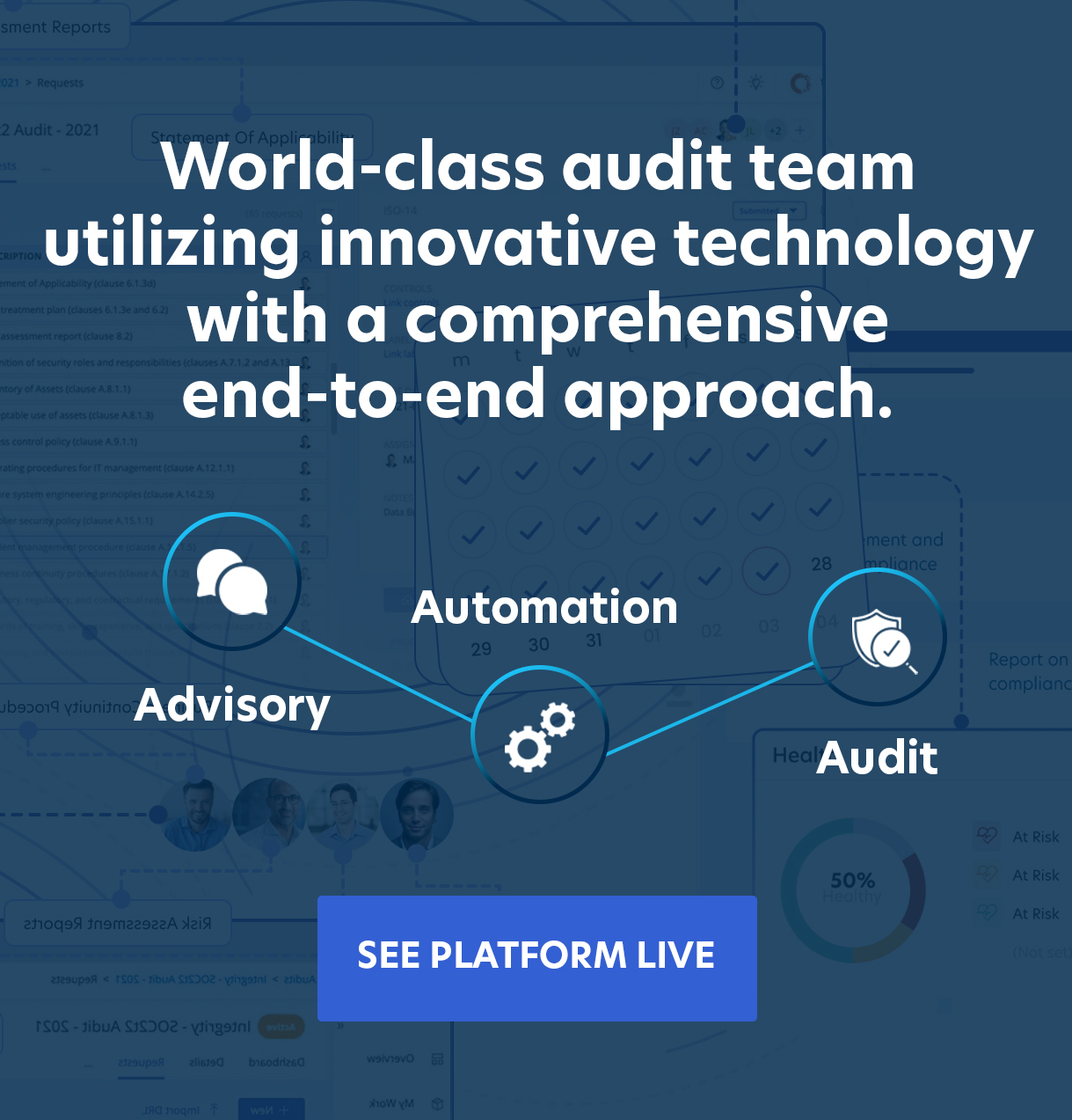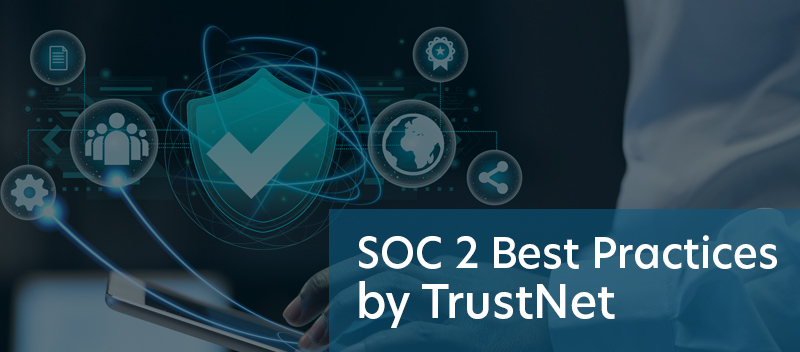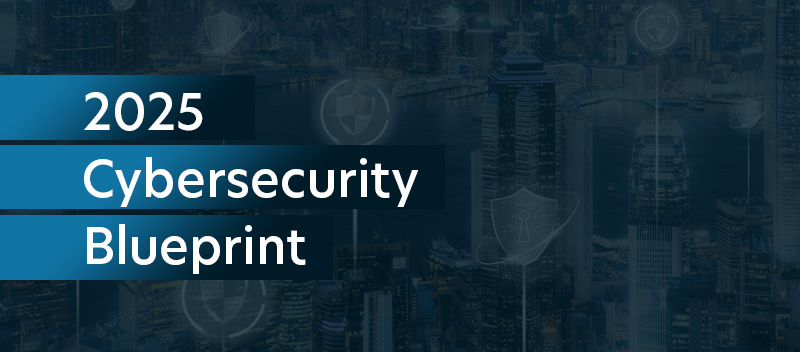Blog SIEM Explained: Cybersecurity Monitoring & Threat Detection
SIEM Explained: Cybersecurity Monitoring & Threat Detection

SIEM, or Security Incident and Event Management, isn’t just another technical jargon; it’s a crucial tool for modern cybersecurity. At its simplest, SIEM collects security logs from systems like servers, networks, and applications, analyzes them, and helps identify potential threats. But what makes it so essential?
The answer lies in today’s digital reality. Cyber threats are more sophisticated than ever. Organizations of all sizes face risks that can disrupt operations, damage reputations, and strain finances. A robust SIEM system can help by:
-
- Monitoring security events as they happen
- Detecting anomalies that signal potential breaches
- Offering actionable insights for swift, effective responses
SIEM acts as a shield against evolving cyber risks, protecting not just data but also the trust businesses rely on.
Key Components of a SIEM System
To grasp how a SIEM system strengthens cybersecurity, it helps to break it down into its key components. Each plays a unique role in detecting and responding to potential threats effectively.
— Log Collection
A SIEM system starts with collecting security logs from a variety of sources, such as:
-
- Firewalls and network devices
- Servers and applications
- Endpoints like workstations and mobile devices
- Cloud-based platforms
This massive gathering of data employs methods like agents, syslog connections, and APIs. By centralizing these logs in one place, the system paints a clearer picture of what’s happening across your entire environment.
— Log Normalization and Enrichment
Raw logs can be messy and inconsistent, which is where normalization comes in. SIEM systems standardize logs into a uniform format to make analysis simpler. But they don’t stop there.
Enrichment enhances logs, adding valuable context through sources like threat intelligence feeds or vulnerability databases. This transformed data is far more useful for understanding why an alert was triggered or how severe the situation might be.
— Event Correlation and Analysis
Cyber threats often hide in patterns that may not stand out if you only look at individual events. SIEM systems excel at connecting the dots.
For example, a single failed login attempt isn’t a concern. But combining that with unusual traffic from a known malicious IP address raises a red flag. SIEM achieves this through correlation rules and algorithms that piece together what might otherwise be missed.
— Alerting and Response
SIEM systems actively monitor events in real-time. When something suspicious occurs, they spring into action by generating alerts. These alerts might:
-
- Notify security teams of potential threats
- Trigger automated actions, like blocking an IP or isolating infected devices
This fast response capability minimizes the damage from incidents, helping organizations stay in control.
— Reporting and Dashboards
Visibility is critical in cybersecurity, and SIEM provides it through detailed reports and dashboards. These tools help organizations:
-
- Track security trends and emerging risks
- Meet compliance requirements with audit-ready documentation
- Make data-driven decisions to strengthen defenses
With user-friendly visuals, security teams can understand the overall security health of the organization at a glance.
Each of these components works together to make SIEM an indispensable asset. By bringing together data, intelligence, and automation, it equips businesses to stay proactive and resilient.
Learn more about our cybersecurity and compliance services. Contact our experts today
Benefits of Using SIEM
Here’s how SIEM benefits your security operations:
1. Enhanced Threat Detection
One of the most significant benefits of SIEM is its ability to improve threat detection. Here’s how it works:
-
- Comprehensive visibility: SIEM systems monitor network activity across servers, firewalls, endpoints, and more, giving you a full picture of what’s happening.
- Swift identification of threats: Malicious activities, whether it’s a data breach, intrusion attempt, or malware infection, stand out faster with real-time analysis.
Because of this increased awareness, possible threats are identified earlier, which lowers the likelihood that they will develop into serious emergencies.
2. Reduced Response Times
When a security incident occurs, every second counts. SIEM systems help by:
-
- Speeding up incident response: Automated alerts and actionable insights allow teams to act quickly.
- Minimizing consequences: Containing threats early can stop them from spreading, saving systems from long-term damage.
SIEM lessens the total effect of security incidents by speeding up the time between detection and reaction, ensuring uninterrupted operations.
3. Improved Compliance
Regulatory compliance is an unavoidable challenge for many organizations, and SIEM can make meeting these requirements much easier.
Whether it’s protecting sensitive data or proving compliance, SIEM helps organizations meet their legal and ethical obligations.
4. Cost Savings
Cybersecurity breaches are costly, not just in money, but in reputation and downtime. SIEM systems can reduce those risks significantly.
-
- Preventative savings: By detecting and addressing threats early, SIEM minimizes the damage associated with attacks.
- Operational efficiency: Centralizing security monitoring means fewer resources spent managing risks manually.
While no system guarantees immunity from cyber threats, the cost savings SIEM offers often outweigh the initial investment.
Challenges and Considerations
While SIEM systems offer indispensable benefits, they aren’t without challenges. Organizations need to carefully manage these variables to ensure the maximum return on their investment.
— Data Volume and Complexity
One of the most significant hurdles in using a SIEM is the sheer amount of data it collects.
-
- High volumes of logs: A single organization can generate terabytes of data daily from various sources.
- Complexity of analysis: Making sense of this data to identify meaningful patterns can be time-consuming and demanding.
Without proper planning and robust infrastructure, managing and processing this information can quickly become overwhelming.
— Alert Fatigue
SIEM systems excel at producing alerts, but this isn’t always a good thing.
-
- Too many alerts to handle: Security teams often face hundreds, even thousands, of notifications daily.
- Risk of critical alerts being missed: Over time, constant alerts can lead to fatigue, causing teams to overlook or ignore vital warnings.
Balancing alert sensitivity and accuracy is crucial to prevent false positives from diluting the system’s effectiveness.
— Skill Gap
A SIEM system is only as effective as the team managing it.
-
- Requires expertise: Configuring, maintaining, and analyzing SIEM outcomes demands skilled personnel with knowledge of cybersecurity and data analytics.
- Talent shortages: Many organizations struggle to find and retain professionals with the technical know-how to operate these systems effectively.
Investing in training or partnering with external experts can help bridge this gap.
— Cost
For many businesses, cost is a key consideration when deploying a SIEM solution.
-
- High initial investment: Implementation often requires significant upfront spending on software, hardware, and infrastructure.
- Ongoing expenses: Maintenance, integration with other tools, and skilled labor contribute to long-term costs.
Organizations must weigh these costs against the potential financial and reputational damage of a cyberattack to determine whether SIEM adoption is appropriate for their needs.
Addressing these challenges often requires a thoughtful approach. Overcoming these obstacles is essential to fully leverage SIEM’s potential.
Strengthening Cybersecurity with SIEM
SIEM has become a critical tool for organizations that offers unparalleled visibility into network activity, enhances threat detection, accelerates response times, and supports compliance with regulatory standards.
Furthermore, these systems may also evolve in the future to satisfy new requirements. While AI and machine learning are enabling more sophisticated threat detection capabilities, integration with cloud services is improving flexibility. These developments might further improve SIEM systems’ ability to secure businesses in decentralized, dynamic situations.
Discover how TrustNet’s comprehensive solutions can transform your security strategy. Contact our experts today.




